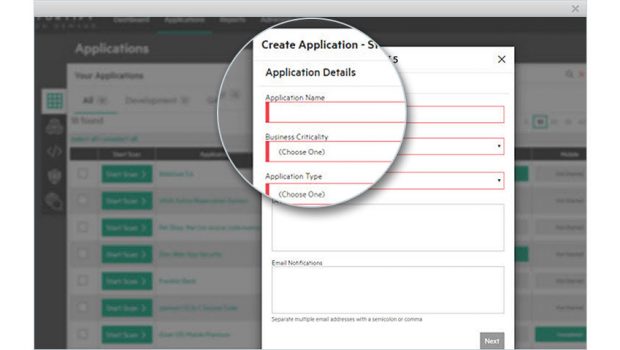The U.S. Economy Feels the Impact of On-Demand Applications
The on-demand application market is booming in the United States, and elsewhere in the world. The rapid evolution of online platforms is fueling the on-demand economy as independent sellers continue to offer innovative services to the end-consumer. According to the reputable sources such as the U.S. government backed, National Technology Readiness Survey, the economy for on-demand application and services has grown to more than $57 billion, in 2015. The massive growth of the on-demand economy is the result of Internet access as approximately 22 million U.S. consumers are accessing some type of on-demand application, every month.
According to the survey, the largest category of on-demand applications and services are e-commerce platforms such as EBay and Etsy, which offers individuals sellers and buyers a chance to interact using the online eCommerce platform. In fact, there are more than 16 million customers who spend a total of $36 billion, annually. Following the well-known eCommerce, a sector is the rapidly growing transportation sector, where on-demand applications are used by 5.5 million U.S. consumers, each month. Examples of the popular on-demand websites are Uber and Lyft, which offers U.S. consumers bypass expensive and time-consuming travel channels. For instance, new service applications based on the Uber and Lyft network enable consumers to hitch an inexpensive ride by calling pre-screened drivers from their mobile phones.
Besides these sectors, home services such as Fancy Hands and Task Rabbit are also becoming increasingly popular among U.S. consumers. The help can be anything from hiring virtual assistants for data entry or asking someone to shop for grocery items. In addition, freelance websites like Freelancer, Australia’s Digital Pacific, Elance and ODesk are also improving their share in the on-demand application marketplace. Similarly, new entrants to the market are grocery delivery applications and beauty services, such as StyleSeat.
Interestingly, on-demand applications and services are going to explode in the near future because almost half of its users are millennials between the ages of 18 and 34. The next population segment between the ages of 34 and 54 also uses such applications, extensively. However, the growth of the on-demand application industry will also be supplemented by nearly 22 percent population segment, which is over 55 years. Considering the fact that the age segment of 55 and over contributes only 5 to 7 percent in other online sectors, the on-demand application economy in the United States is destined to continue its pace in the future.
According to industry experts, U.S. companies will likely need to adapt on-demand applications, if they want to succeed in the future. These experts claim that the on-demand application industry in the U.S. has already moved from early adopters to mainstream consumers, therefore, other companies will need to follow in the footsteps of on-demand application giants such as Uber and Airbnb. As such, the recent introduction of new companies is a good sign for the economy because there are about 280 on-demand companies serving 16 sectors, which is a substantial increase from 2 years earlier when there were only 76 companies in 6 sectors.
For users, the attraction of the on-demand application economy is the charm of acquiring in expansive and efficient services directly from other individuals and small businesses. Overall, it means that the modern user can save on fees and expenses charged by the large companies. Usually, the business model developed by companies such as Uber has allowed other companies to follow suit. For instance, the company solely relies on the powerful application built around smartphones allowing users to request a ride from Uber operators located nearest to the user. It is estimated that popular applications and services such as Netflix, AppleTV and Airbnb are based on “Uberfication” model.
While the indirect contribution of Uber to the U.S. economy is difficult to assess, the company is already regarded as the 48th of the world’s most powerful company by the Klout social recognition score. With an estimated worth of around $62.5 billion, Uber is also a leader in offering innovative solutions for developers and entrepreneurs. However, the phenomenon of “Uberficiation” has expanded to an extent where it has become possible for individuals and small businesses to develop similar applications, which are as powerful as Uber.
Zoplay is one of the finest examples of website and application clones that allow individuals to build powerful websites and applications, such as Uber. The application can be built in a single day. Still, the final product is a complete application that includes integrated analytics, multi-location access, transaction history, caller identification, online signature and credit card verification.
Author Bio:
Anand Rajendran is CEO and Co-Founder of Zoplay, best PHP scripts development company located in India. Zoplay is a part of Casperon Technologies a leading social and mobile development company. I’m a Tech geek, Digital marketing expert, Entrepreneur, and Atheist who loves to write everything about PHP Scripts and mobile application development.















